As if the dizzying array of new and old scotch brands and distilleries was not confusing enough, I find out that Kilkerran single malt is made at the Glengyle distillery, which does not produce Glen Gyle single malt because the name “Glen Gyle” is owned by Loch Lomond Distillers and is used on one of their blended (vatted) malt brands. In other words, if you see “Glen Gyle 8 Year” on the shelf, it’s made by Loch Lomond distillery, while “Kilkerran 12 year” is made by Glengyle distillery. Maddening.
Glengyle Distillery is the third modern working distillery in the storied Campbeltown region of Scotland, after Springbank and Glen Scotia. Glengyle is actually a refurbishment not a new distillery: the facility was founded in 1872 by one of the co-founders of Springbank. The distillery, like so many others of that era, fell on hard times and was sold and then mothballed in 1925. The distillery building (all the equipment was gone) was renovated and re-equipped with stills from the closed Ben Wyvis distillery in the year 2000, the first spirit running in 2004. Glengyle is now owned by Mitchell’s Glengyle Ltd., which is affiliated with the owners of Springbank, retaining a 150 year-old connection.
The name Kilkerran is Scots Gaelic for “head of the lake of Saint Kieran’s cell” and refers to a local historic settlement. Glengyle distillery uses a local water source, Crosshill Loch, for its process and proofing water. After a series of “Work in Progress” malts, Kilkerran is now bottled under a range with an 8 year-old cask strength expression, an NAS “heavily peated” expression, and this flagship 12 year-old. Glengyle actually uses Springbank’s floor maltings to malt its barley, and Springbank’s warehouses to mature its barrels. The malts are bottled at Springbank’s bottling hall without chill filtration or added color.
Kilkerran 12 year is a lightly peated (15 ppm phenol) single malt aged in 70% ex-bourbon casks and 30% ex-sherry casks and is bottled at 46% ABV without chill filtration or added color.
Nose: Bright – downright tart – lemon-lime. Buttery biscuits. Light vanilla, fresh banana, coconut water, and more lime. The peat is so mild I had to look it up to find out the malt is peated.
Palate: Moderate body, not quite viscous. A mild tongue burn is followed by light malty sweetness, sugar cookies, fresh coconut meat, and lemon-lime candies.
Finish: Medium length. A reprise of flavor notes plus marshmallow – very consistent. As it fades there’s a slight hint of muddy or earthy peat (not smoke) on the end, with only a vague bitterness at the tail.
With Water: A few drops of water add a fleeting note of bubble gum to the aroma and dampen the tartness. The palate seems more confused – with a touch of that earthiness – but the finish is livelier. I don’t think this needs water.
Overall: A very pleasant dram. Although it is simple, it has a consistent thread of flavors and the tropical notes – particularly the lime – stand out. The muddiness on the finish is a little weird, but easily overlooked. I would gladly reach for this over similar 12 year-old single malts such as Glenlivet or Glenfiddich. I like that the peat is treated here as a seasoning rather than a major flavor component. It plays nicely with the other characteristics of the malt without ever taking over. I wouldn’t even call this a “peated” malt.
Pricing for this malt seems to be all over the map. Like Springbank, it suffers from an importer bottleneck (of sorts), so pricing in the UK is much more reasonable than in the US. Also, the wide difference in pricing when I looked it up makes me think there were supply chain issues recently that drove up prices. If you’re interested in this malt, you may want to wait until the international shipping scene regains some sense of normalcy. Even the lowest price that I could find in the US – $70 – seems too high to me. I might be willing to fork over $50 for this, but not more.
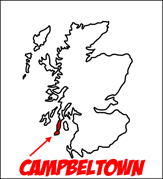



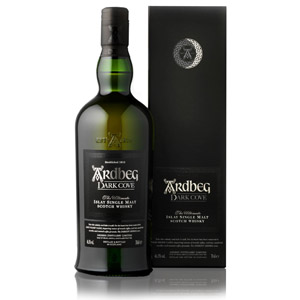
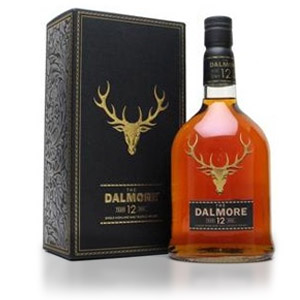
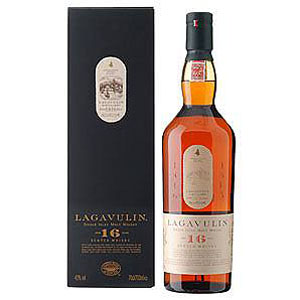
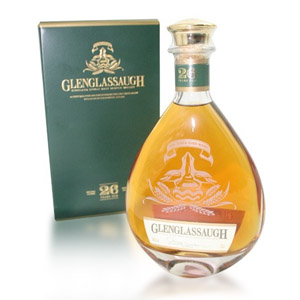

I really like this stuff, but it’s basically just Springbank from a different building. The new bottles that have hit shelves this year are actually in Springbank bottles, instead of the tall, slim Kilkerran ones. I read in the Malt Whisky Yearbook that Springbank only hit 40% of their targeted production during the shutdown in 2020, so that’s a big part of the justification for raising the price so dramatically. Pre-tariff I used to pay around $50 for this and Springbank 10. If you ever get your hands on the cask strength it’s excellent. Almost as good as the Springbank 12 CS, in my opinion. Full disclosure: Springbank is one of my three favorite distilleries, if not my favorite.
Good points, thanks Joe. I guess I’d say that “Just Springbank from a different building” is actually kind of a compliment! I personally found it different enough (less peat, and the peat that was there in better balance) that I’d consider it in addition to Springbank on my shelf… but only if I could get it direct UK pricing.
I’m a little slow here, but you’re right about three things. The first is that I did mean that as a compliment. The second is that the peat is in far better balance. In that regard Kilkerran 12 is more similar to Springbank 18, which I find to have a way softer profile than the 10, 12 or 15 year old expressions. The third is the price. I live in New York, where surprisingly whisky prices have always been low to fair compared to the rest of the country. Post tariff only products owned by Diageo and the Mitchells of Campbeltown have seen very drastic (in some cases almost double) price increases. I somewhat hypocritically stopped buying Diageo products, but continued to buy Springbank/Kilkerran until this year. To be honest it’s more because of limited supply of late and the fact that I have a stash. The only way I could recommend someone paying the current prices is if you have never had the pleasure and want to make a splurge purchase.
I agree with this review on the first arrival, but definitely not as it sits in the glass. I’d say that there is a distinct time component that is lacking from this review. I notice that this malt plays out drastically over hours if given the chance which is part of some of its magic in the glass. It transitions from an oily AnCnoc profile to a monster of its own once the sherry comes out to play. I’d say that $70 in the current environment is warranted, but more than that is a bit steep. I’d like to see this come down a bit from its price point, but I’m not sure that will happen given all of the ravings about Cambeltown whisky.